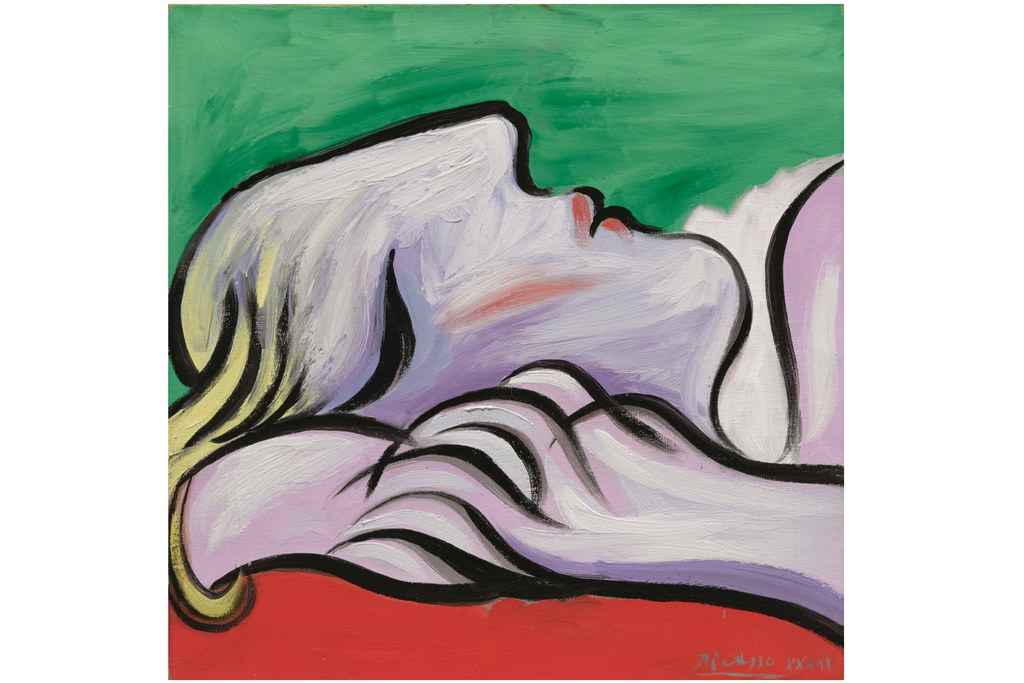 By Shveta Bhagat
By Shveta Bhagat 0 Comments
0 Comments
The number of art work on the subject of sleep in art galleries across the world is astounding. Sleep almost seems like the pet subject of artists throughout history. Paul Delvaux, Sandro Botticelli, Henri Rousseau, Vincent van Gogh, Francisco de Goya and Giorgione are just some of the big names that were fascinated with the mysterious state of sleep.
You can see the recurring sleep theme in the works of artists, such as Picasso and Matisse, who often depicted a sleeping figure in their portraits that showcased dozing women, peasants and nymphs in repose. For others, like Salvador Dalí, it was all about delving deep into the phenomena of sleep; what happens upon falling asleep, or dream, that inspired creativity.

Sleeping position in Islam Sleep science has been gradually building momentum over the past couple...

Mattresses are known to improve sleeping postures and circulation, which is essential for a healthy...

Everyone looks for comfort when it comes to sleeping and relaxing. And mattresses play a...

Choosing the correct type of mattress is the first step if you want a luxurious...

The world of mattress sizes can get your mind out of whack if not adequately...
Still confused? Call us on 080 4749 4649


Comments